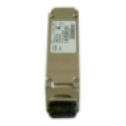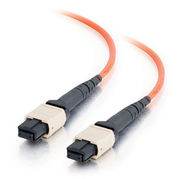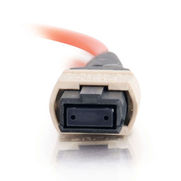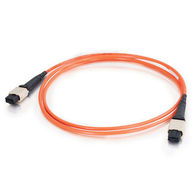The specific questions and research I was doing was related to the Cisco Nexus 3000 series switches, namely the 3064 and 3016. I state that because there is the chance that the QSFP+ could operate differently if using different switch types – and that’s per the TME of optic. For those new to the Nexus 3000 series, the 3064 has 48 front facing ports of SFP+ (1G/10G) and 4 x 40GbE QSFP+ that could be used as uplinks. The 3016 has 16 40GbE QSFP+ ports.
If you simply wanted to cable up two Nexus 3000s with 40GbE, the options are multi mode fiber or Twinax copper. I only cover the fiber throughout this post as that is where most of the questions are at this time. If you’re looking into Twinax, the information out there is pretty solid, but if you still have questions, feel free to contact me.

Here is the caveat in my opinion.
What if you want to inter-connect two different Nexus 3000s together via a 20GbE port-channel using MMF through the QSFP+ interfaces? You would end up with each end having LC connectors with male interfaces. Last time I checked, a male needs a female to make a connection. Remember, this isn’t a problem if these switches are on different sides of the data center and you are going through a panel. This is only an issue if you’re in small data center or colo and need to home-run these connections. I suppose you can use fiber couplers that have two female sides to inter-connect each of the breakout cables, but that just seems messy and has more moving parts than desired. But hey, there really doesn’t seem to be any other way around this. If I’ve missed something, feel free to comment below.
For a design I was working recently that resembled what I was describing above, it wasn’t worth dealing with the ‘mess’ of cabling, couplers, and QSFP+ optics on a 3016, and since 40GbE wasn’t technically required, we chose to use 3064s in the Core with all native 10GE rather than 3016s with QSFP+’s. Just some food for thought.




 RSS Feed
RSS Feed
